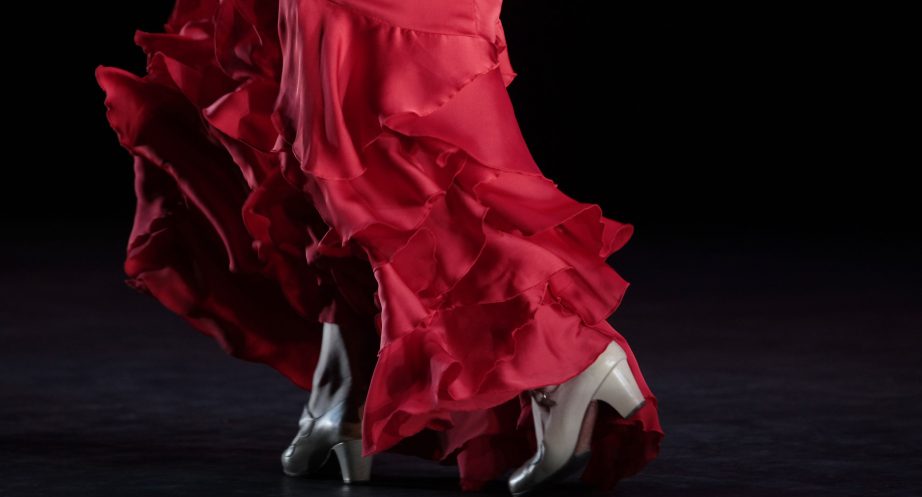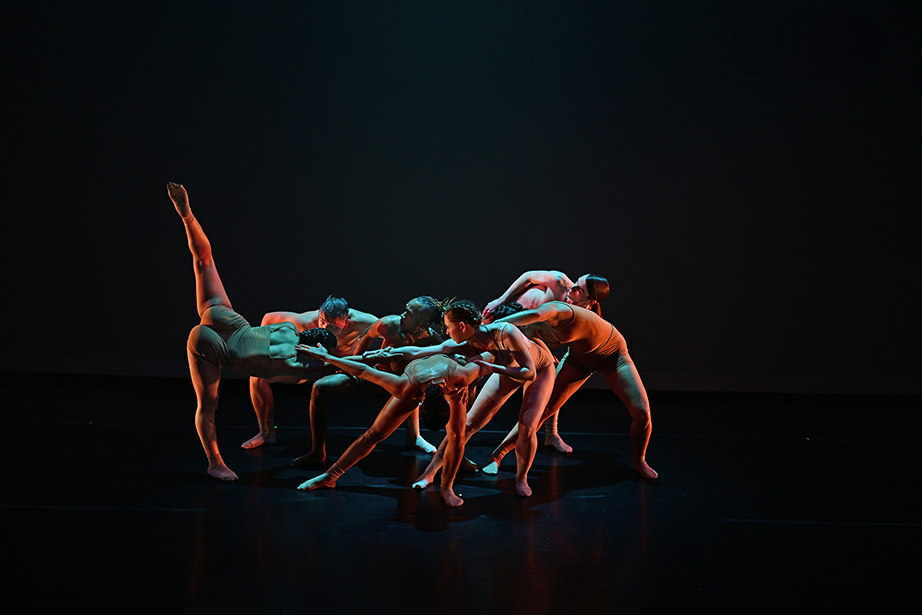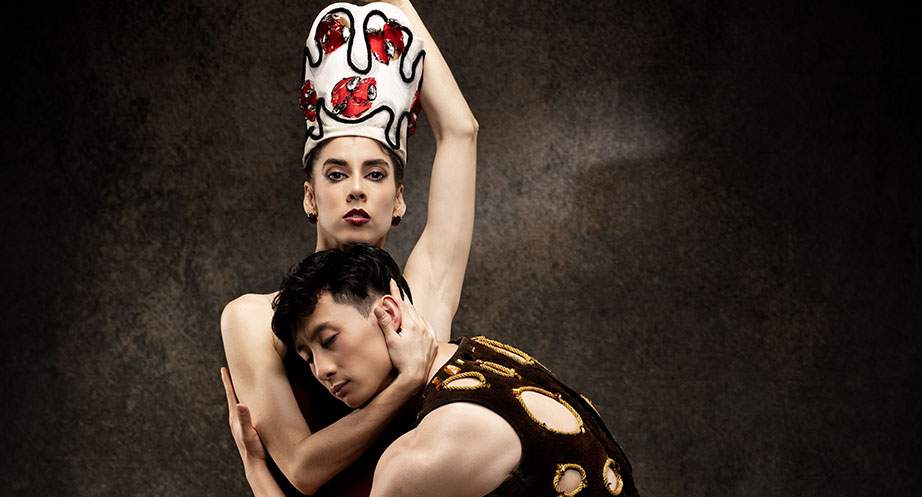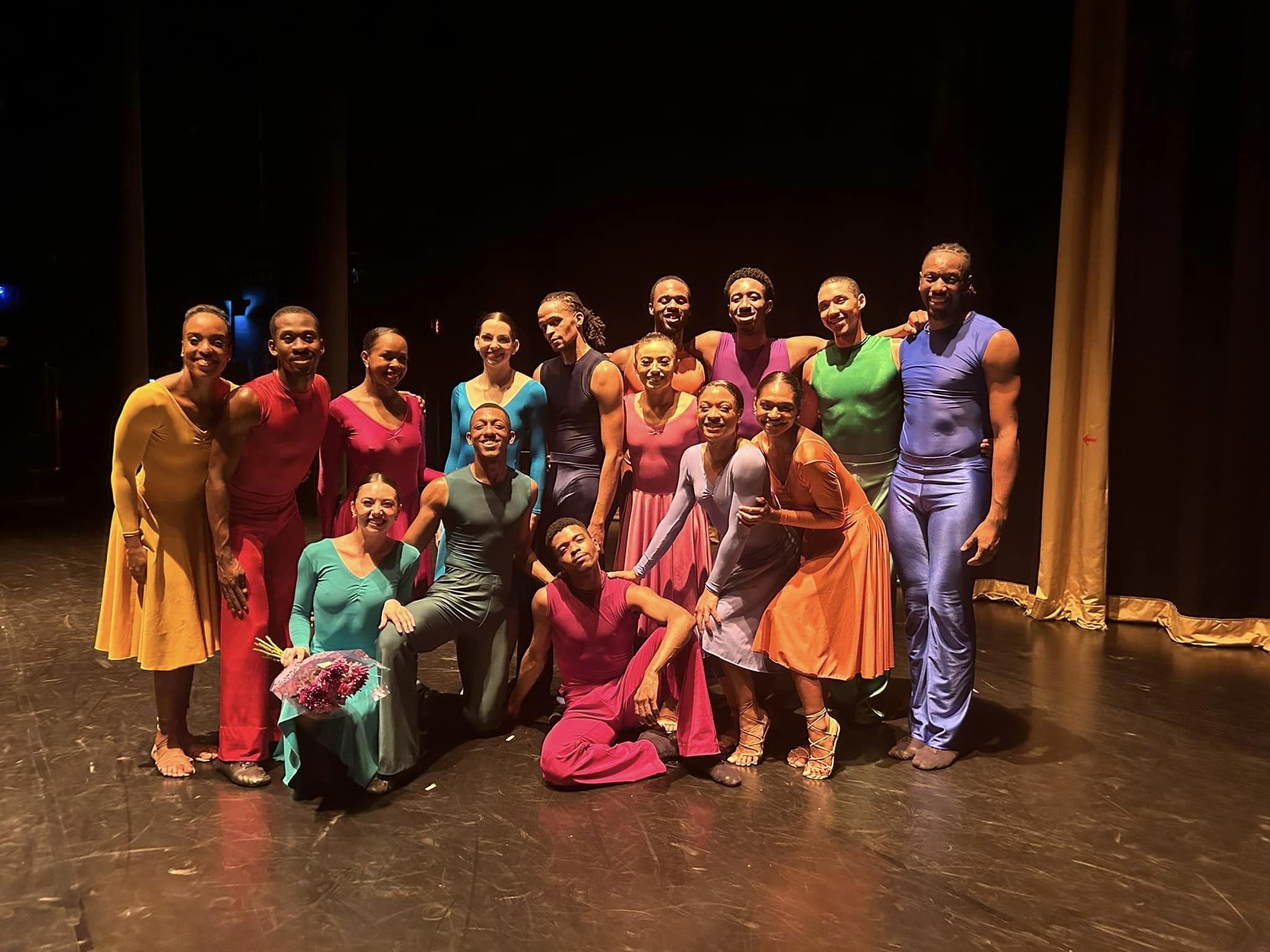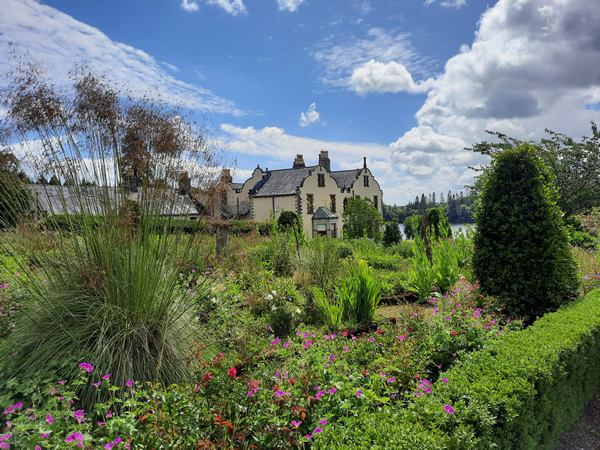by Gina Palumbo for The Dance Journal
On Saturday, January 18th, time stopped at Philadelphia’s historic Plays & Players Theatre on Delancey Street. After being led up a tight stairwell, I settled into the corner seat of the last row, initially thinking I had made a mistake in booking a seat so far from the stage. By the close of the show, I was spoiled knowing that from such a great distance, I could still see, hear and feel the artistry that poured from the creative minds on stage. Husband and wife duo Martin Santangelo and Soledad Barrio gathered voices, man-made percussion and classic flamenco dance to create Noche Flamenca.
As I sat tapping my pencil on my notebook, I was reminded again of the community that flamenco can build within the span of one performance. The musicians acted as spirit guides to the dancers, as they dictated the speed and intensity in which the dancers should move. The dancers embodied the music as the audience called out Olé! to encourage them. Some of these exclamations came directly from Santangelo, as he had the power to simultaneously operate light and sound boards, and send his dancers love from the back of the theater. It was a production that involved the participation of everyone in the room.
Entre Tú y Yo is the first of three parts of the show, and its choreography was generated based on the storyline of La Ronde, a play on love and loss by Arthur Schnitzler. Part II was titled Refugiados, and it is based on the writings of refugee children, courtesy of the United Nations High Commissioner for Refugees. The final leg of the show was reserved for solos from Antonio Granjero and Barrio.
Entre Tú y Yo began with the company sitting on chairs in a diagonal line, which generated an aesthetically pleasing shape for members of the balcony. Barrio was dressed in blood red while the company dressed in black, which brought my attention to her immediately. The sounds from clapping hands, musicians and full-bodied voices filled the room, and the dancers clutched their chests and collapsed in on themselves. It was as if the music meant something different to each of them. In this unhurried moment, the dancers relished in the freedom of losing themselves to the music.
Part I was comprised of a series of duets and trios, including one between dancer Granjero and Barrio. As the music lulled, they sat adjacent to one another, and upon standing, tipped the chairs, as if to clear the air before beginning a romantic evening. What followed was pure passion, and ended in Barrio vanishing, leaving Granjero behind and longing to follow her into the night. Like lost love, their love could only remain in that space and time.
A solo followed, and I found myself staring at a dazzling pile of blue fabric on the floor. As my ballet-influenced mind wondered what a platter tutu was doing at a flamenco performance, dancer Marina Elana materialized from the floor as the dress took her shape, and zipped it up with ease. The guitarist played tenderly, and allowed me to travel back to my first introduction to flamenco nine years ago in Spain, with the same sound and color. Elana began her work with the musician. Her body revolved like hotel doors, but her head never moved. When her skirt lagged behind, she kicked it out of the way, and sapphire blue caught the stage light faultlessly. In this instance, I ascertained the necessity of having skirts in flamenco.
When dancer Pablo Freile entered the room, the battle was sensual and slow to chaos. Just when I thought I had the rhythm down, everything changed and a new conversation started. Freile knocked out pirouette after pirouette, and was a worthy opponent for the musicians. A chair fell over, perhaps from his adrenaline. I am not certain that it was part of the plan, but it added to the drama of it all.
Barrio and Elana entered a dark stage, which changed the warm mood to an intimidating and icy atmosphere. A drum beat began like a metronome, and the movements were executed according to the strict beat. This duet, with simple costuming elements and a dash of modern dance, was a refreshing contrast to the rest of the performance. There were moments of silence given by the musician, as if it was a cue for the dancers to wipe clean the previous rhythm and begin again.
The evening ended with Granjero in Pa’ Cai and Barrio in Soleá, both equipped with different stories to tell. Granjero was frustrated, and Soledad was gentle but confident. I wished they could be together again. Soleá is a type of flamenco dance that can only be performed by a soloist most able to command a stage. With delicate hands and rapid feet, it was only fitting that Barrio was given this role.
This performance was not just a regurgitation of choreography, music and sound; it is a whole world, and the audience was lucky enough to be invited inside. To experience the emotional capacity of a flamenco dancer, as it requires every passion, pain, loss and joy to be pulled out and shown to an audience, is a privilege. Nothing was hidden in the shadows or glossed over by the music. Sounds from the night still hang in the air, in my head and in my heart.
- Reclaiming Bodily Freedom with Dara J. Meredith in The Bridge of Our Roots - September 19, 2021
- Lily Kind Makes Dance In America – her way! - March 27, 2021
- Temple University’s Thesis Concert II – The Movers Became The Makers - February 21, 2021

